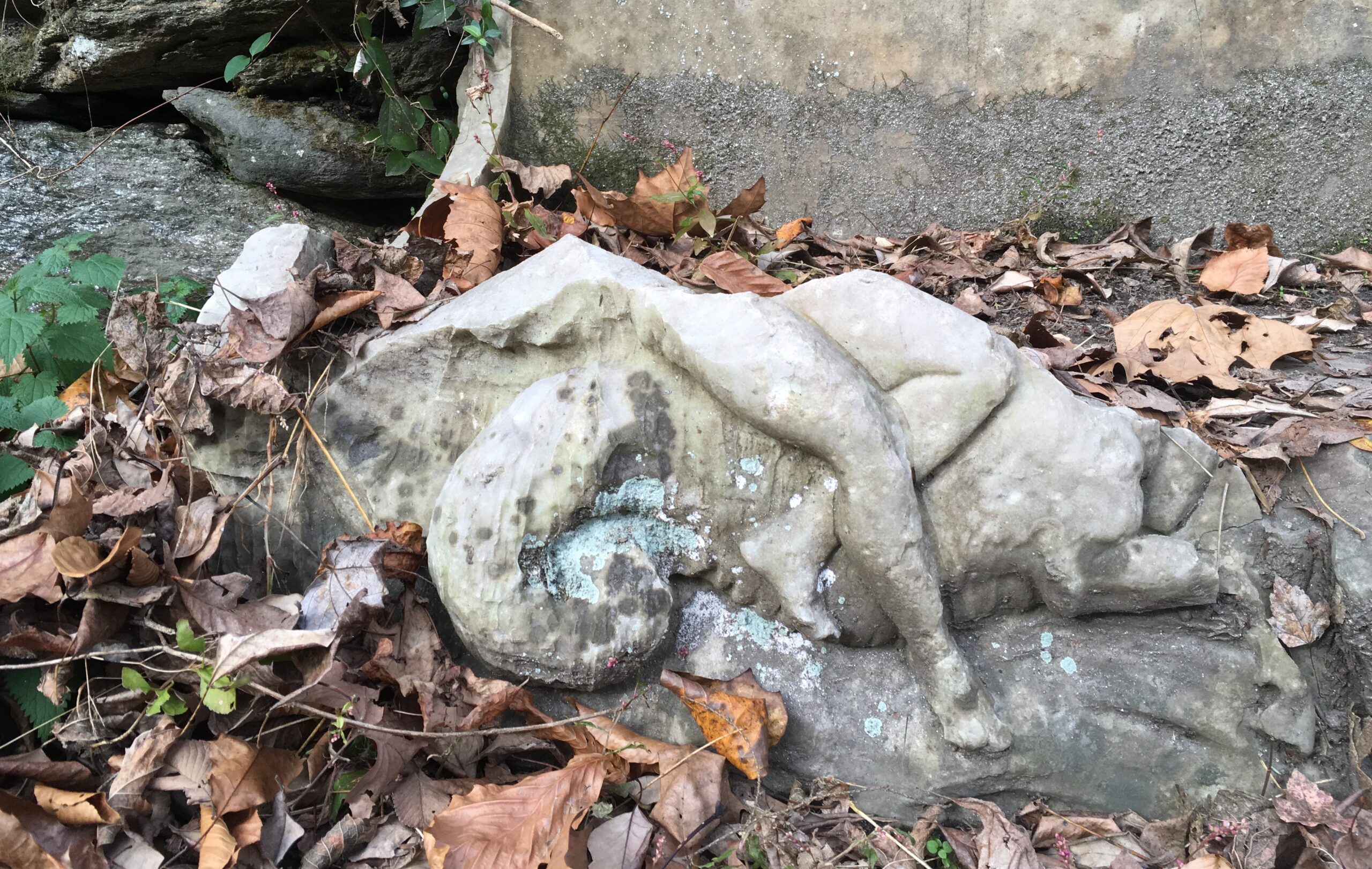With the first snow in a couple years, I put the bike away and walk. Nothing more perfectly illustrates the beauty of the human machine and it’s connection to where it is than legs and walking. We humans can naturally walk around 20 miles a day and it’s with 20 square miles that Thoreau wrote we can occupy a lifetime.
Walking is the human way to travel, the dynamic interplay between the body and place, the pace, suits our mind and body, conscious or unconscious. It mirrors the broader nature of life, one step at a time, one foot forward, one back, walk the line, walk the walk.
Dogen uses the metaphor of ‘mountain’s walking’ to illuminate the ever-changing interdependent nature of the world, the reality that nothing, even mountains, are stable and unchanging.
“Preceptor Kai of Mount Dayang addressed the assembly saying ‘The blue mountains are constantly walking. The stone woman gives birth to the child at night’”
“Since the walking of the mountains should be like that of people, one ought not doubt the mountains walk simply because they may not appear to stride like humans”. -Dogen, Mountains and Waters Sutra
Walking is a nuisance to many, something endured by the less fortunate and that technology should save us the bother and effort of. But look at the remarkable technology that is our legs. Walking is fundamental, like breathing, a physical rudder. Left to sit we tend to float in our minds. In meditation (and in calming down) it’s often said to ‘return to the breath’. The same is true of walking, ‘return to the step’, momentarily bringing an unconscious activity into the conscious.
Zen meditation has a walking meditation called kinhin (without which the long periods of sitting would be impossible, and inhumane). It is centering, meditative, and the challenge of it is to fit into the zen conga line of life. You must be aware of where you are or you step on other people, basic transgression due to a lack of awareness, or worse. People get upset by the speed and want to speed it up or they walk to slow and slow the whole process down. Such a simple analogy to life. With all the same pitfalls of road rage.
The spiritual connection extends to extended walking as a form of mental penetration, pilgrimages, a tool to sharpen spirituality or connection. Kumano Kodo Pilgrimage in the Kii Penninsula of Japan, and El Camino del Santiago in Spain both epic walks that highlight the spiritual connection through walking.
And if we need any more reason for having dogs in our lives, starting with utter excitement at the very word. It’s an excuse for us humans, to allow ourselves to aimlessly walk. Modern life and values have us keep up the appearance of success, to present a life of leisure, while indulging in a great human activity, walking. (Much the same as we used to need a cigarette in order to even take a break. In Japan, the phrase used for taking a break is ‘ippuku suru’, ‘to go have a puff. We might update this excuse to ‘go take a breath’, though the compulsion of a non-addictive activity is given less credo in the world today.)
urban hiking
Hiking is so associated with the wilderness, but cities can provide just as much wildness and terrain as nature. Map a day route through any city. Home or away. Point to point, along a river, totally random, or any natural or man-made pathway can motivate a route. Cities have histories, overt and hidden. They are ruled just as much by geography and the manifestations of wildness as a national park. Geographical opportunism. Rivers, hills, oceans.
Philadelphia is a neat looking grid laid down between two rivers, one being close to the ocean and handily serves as a port. East to west, river to river, walk the grid or the path less travelled. One of the finest features of Philadelphia is the tiny streets and allies, they still lie as a fragmented echo of history, palpable history, rare for an American city. San Francisco with its steep hills and peninsular shape and a magnetic pull west to the Pacific. Osaka’s lowland network of rivers and culture of ‘kuidare’, going broke on food, endless adventures in cheap and amazing food. Penang’s quays, temples of many faiths and food stalls, Istanbul’s geography and history, the rivers, historic walls and other penetrable divisions, through ferry and foot. Each city has its own wild character.
